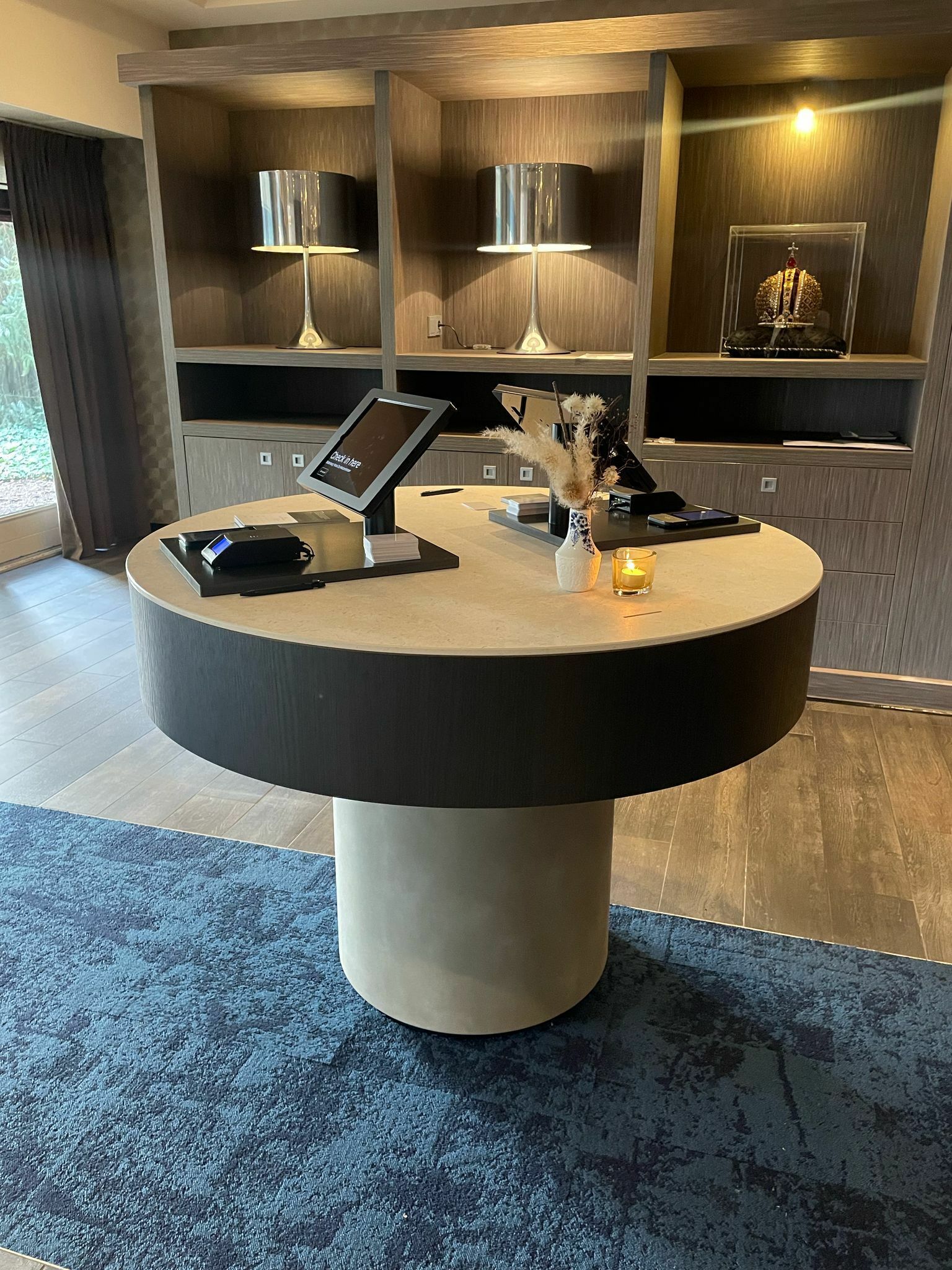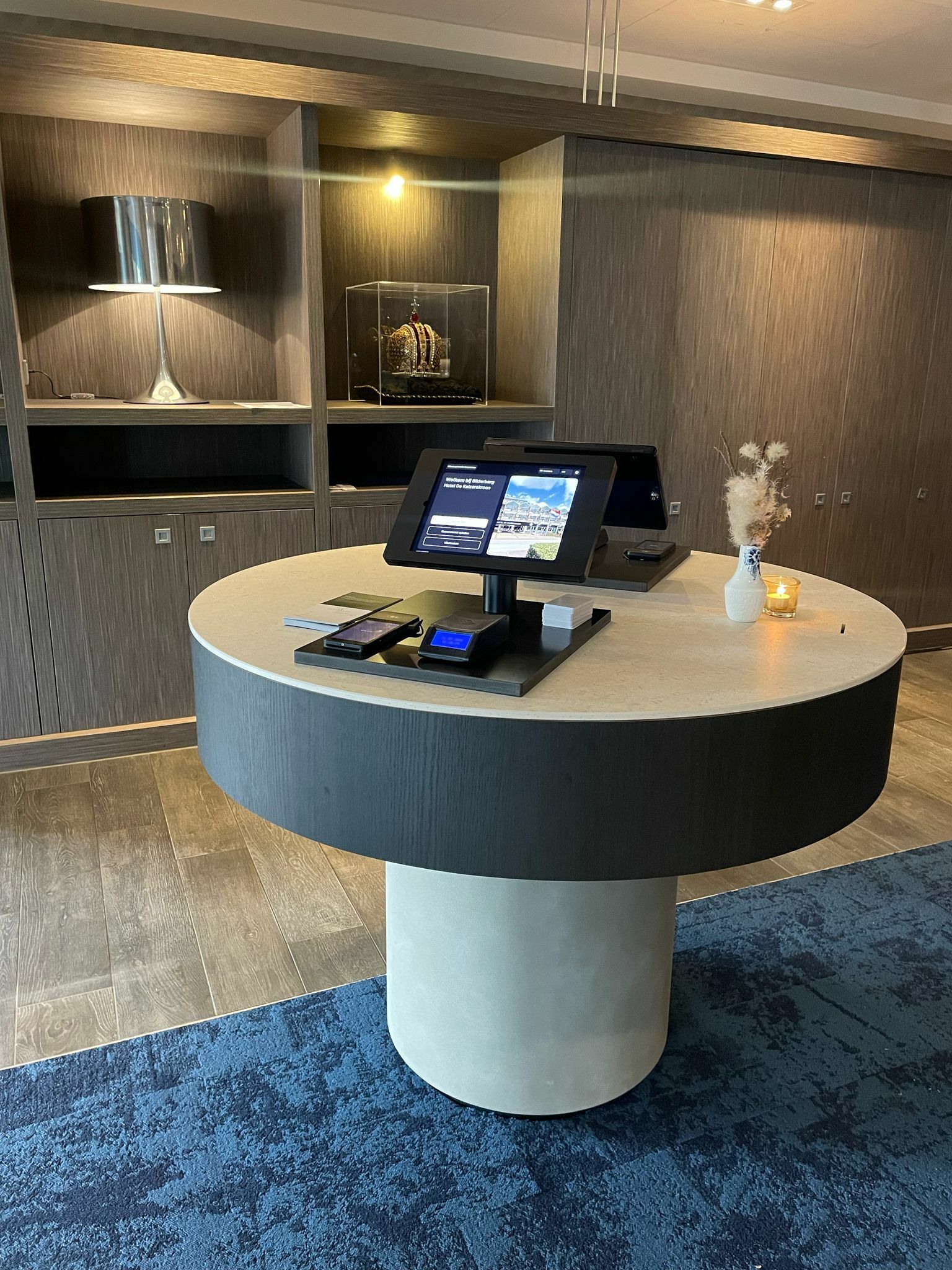Hi @Sanne !
Love this topic! I worked on a few projects similar to this before moving into the tech side of hospitality, and I was always a big advocate for self-service as a way to give guests a choice: are you in the mood for assistance, or in the mood to help yourself and then reach out if you need anything else? One can relate to this when we to going to a shop and a salesperson is overly eager to follow you around, vs. when you are given the option to browse by yourself but have attendants happy to look for that one t-shirt you like in your size at the back.
This may help you convey the story of a lobby host vs. a mandatory visit to a receptionist 😉 and the difference in that role to your team. And yes, there will be some fear and resistance - like for any big change.
The truth is that "lobby hosts" will still perform check ins every now and then for those customers who need help - but at the kiosk with them instead of being behind their computer - so it's just a new interface.
But these guests who really want and need assistance will have less competition (no queue!) because they aren't competing for attention of your staff with all the others that could very well have done it by themselves.
Here was an interesting, fun story: I was doing a study many years ago for a major European airline, and we realize that the customers that enjoyed using self-service (self check in/kiosks - fairly new at that time and still not widely-adopted as today) were the ones that paid the most 😳 then we realized those are the frequent travelers that were on a plane 3/4 times a week: they just wanted to cruise straight to the gate (or lounge) and go on with their day. They had no questions, they had no visa to check, most of the time traveled only with hand luggage anyway. The leisure customers they were having once in a lifetime trips were the ones that need the most assistance - they have a shorter queue to reach an attendant.
Advices and common pitfalls:
- Self-service starts at home: don't forget you do have online check-in and digital keys at hand; with kiosks being the only option at the property, you may want to review your email templates and your pre-arrival communication strategy so that you can be even more convincing. The more people use their own devices, the fewer kiosks and guests around the lobby you're gonna have. Besides, our phones are not only a familiar device but they often have our preferred payment methods, our saved address, phone, email, full name, and even our preferred accessibility features like contrast and font size (anyone who's grandma uses a mobile phone knows what I am talking about)… so the guest experience will likely be superior then what any kiosk? (which is a foreign device/system).
- Your lobby must invite kiosk usage. This is an interior design problem. Many times hotels just add a desk with kiosks on it, but the lobby itself was originally designed to take people to the front desk and that was never modified. Specially, if you still have somebody at the front desk, working as a concierge or dealing with exceptional cases that the kiosk will not be able to handle (e.g. mid-stay room moves), if your physical layout does not give preference to the kiosks, and leaves the old desk at the last favorable position, people will naturally queue to the desk again. I've observed this a few months ago in Amsterdam at a hotel: there was one receptionist, a long queue to check in, and six lonely kiosks that everyone was just walking by (and I did use the kiosks, they worked perfectly). A very different example is what you're going to find at citizenM: there is no way of entering a citizen hotel, and ignoring the kiosks there; if you look carefully, you might see that there is a computer hidden somewhere, but it's not evident nor inviting to approach that station.
- Guest communications will be key for these new "host" roles. There is one thing kiosks cannot do: answer unique questions and recommend experiences. So you want to make sure your staff is ready, not only in volumes to handle quick answering instant messages (e.g. through the guest portal, or whatever other methods you offer your guests), but also in skill.
If you look at the amount of time a typical receptionist spends just doing clerical tasks, compared to, for example, with giving advices on their favorite restaurants, you will see that this will turn upside down with self-service. The hosts are much more of a Concierge/friend who knows the city, then a clerical assistant, that issues, keys and types passport numbers into a system. I would say this is the biggest change you will see.
Depending on your hotel concept, some hotels allow hosts to sit around the lobby with the guests to provide those interactions - a bit like when you go visit a high-end interior design shop and y'all sit around the demo living room. Other hotels prefer to do a bit more like an Apple store concept, with close but still clear boundaries between the staff and the guests.
- I find partial transitions hard to succeed. The "old way" will often outperform, not because it's better but because it's what everyone is familiar with (fewer chances of mistakes - and anything that could go wrong has already happened before, so there's less "surprises"). It's better to do, like you seem to be doing, a whole hotel as a pilot than a "50/50" reception with a few kiosks and still receptionists doing what they always did.
I hope this helps! Feel free to reach out for more questions. I did not say anything about the solution I recommend (cause it's Mews, of course 😉) to avoid this becoming a sales pitch; but we can also have a chat about the benefits of sticking to a single provider if you want. Please do keep us posted on your findings and business needs via your CSM, as there may be improvements coming up soon and your feedback helps us shape our upcoming work. 💙
Yours,










